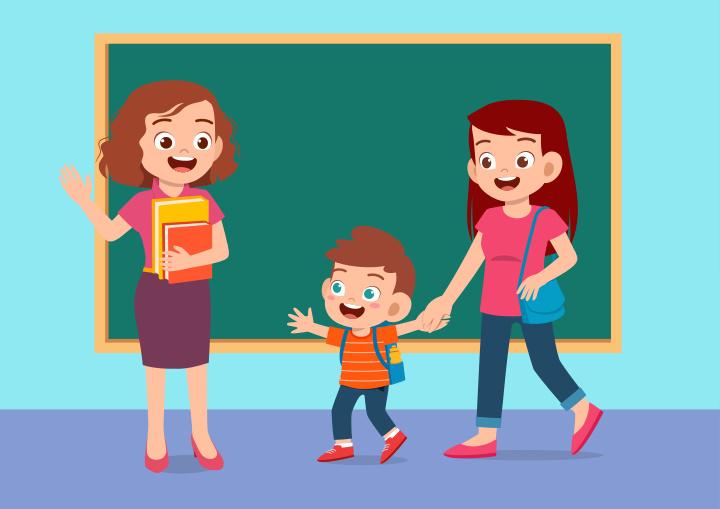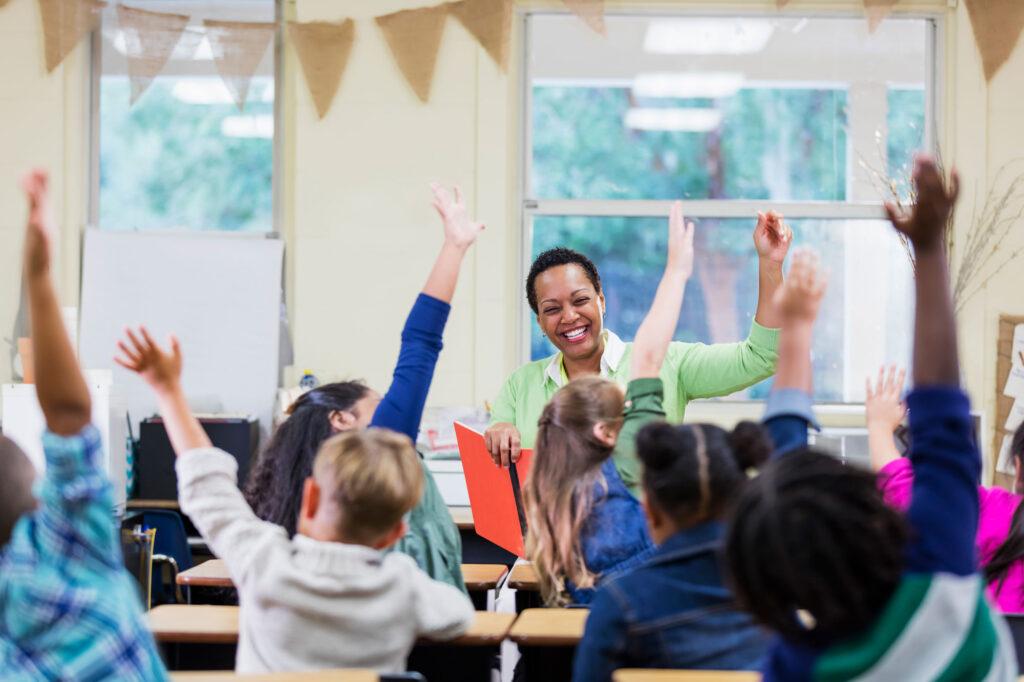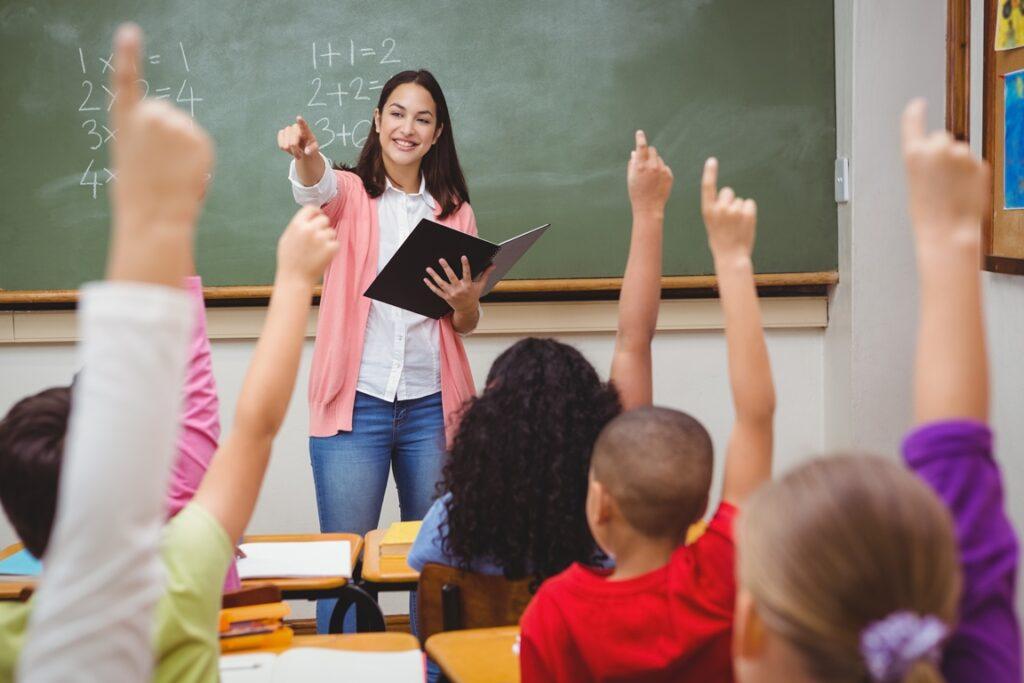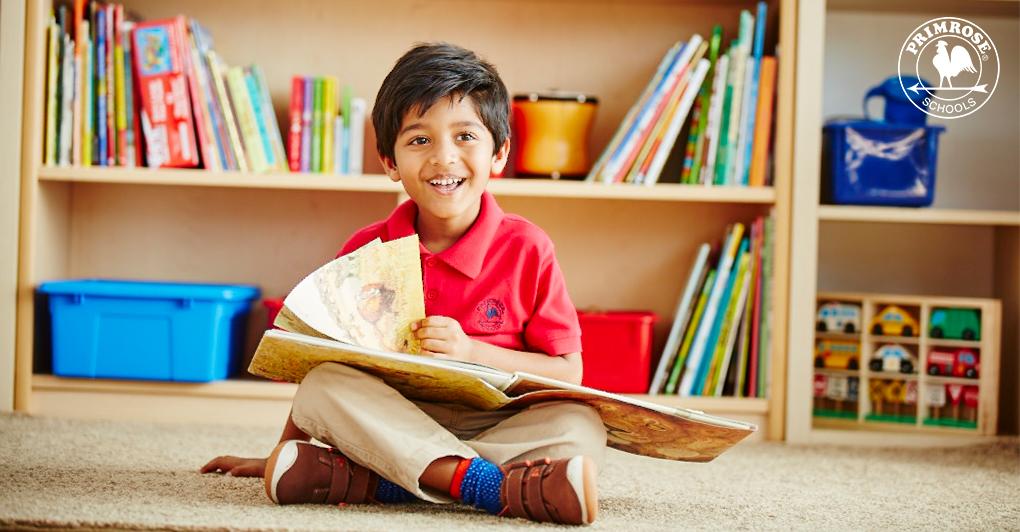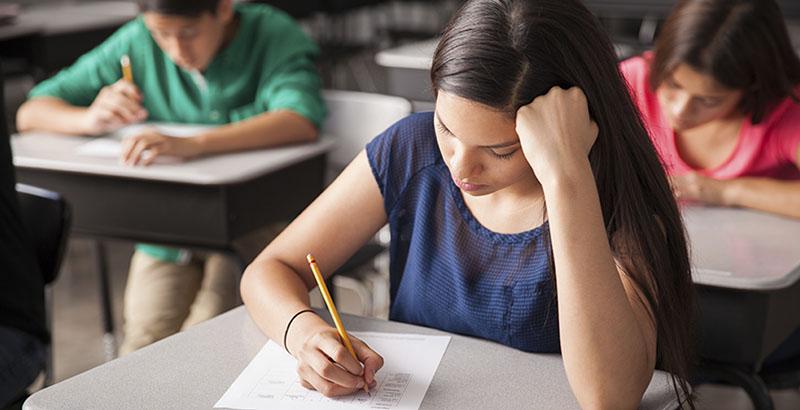Blended learning is an innovative educational approach that combines traditional face-to-face instruction with online learning, offering students a dynamic and flexible learning experience.
In a blended learning environment, students have the opportunity to engage with course content through a variety of mediums, including in-person lectures, online video lectures, discussion forums, and interactive multimedia.
This approach has gained popularity in recent years for its adaptability to diverse learning styles in the evolving digital landscape.
This flexibility allows learners to choose when and where they access materials, accommodating busy schedules and personal preferences.

One of the key benefits of blended learning is its ability to foster self-directed learning.
Online components empower students to explore topics independently also at their own pace, taking control of their learning.
Meanwhile, in-person sessions provide a valuable opportunity for face-to-face interaction with instructors and peers, promoting collaboration and social learning.
Additionally, blended learning can be highly adaptable to different educational settings. Educators can tailor this approach to the distinct needs of learners in K-12 schools, higher education, or corporate training programs.
It allows for personalized learning paths, catering to individual strengths and weaknesses.
Moreover, blended learning has the potential to enhance assessment also feedback mechanisms. Online platforms can offer immediate feedback through quizzes and assessments, helping students gauge their progress and areas requiring improvement.
This real-time data enables instructors to adjust their teaching strategies accordingly, providing targeted support where it is most needed.
Conclusion
Blended learning is a powerful educational strategy that harnesses the strengths of both traditional and digital learning.
It promotes flexibility, self-directed learning, and adaptability, making it a valuable tool in modern education.
As technology continues to evolve, blended will likely play an increasingly crucial role in shaping the future of education.
Blended learning, often referred to as hybrid learning, is an educational approach that combines traditional in-person instruction with online digital resources and activities. It’s a dynamic method that bridges the gap between face-to-face teaching and technology-driven learning.
Blended learning provides flexibility for self-paced content engagement while preserving classroom interaction benefits.
It accommodates diverse learning styles and suits the evolving digital landscape, appealing to K-12 schools, higher education, and corporate training programs.
This approach’s popularity grows as it effectively caters to modern learners also educators, enhancing educational outcomes. 바카라사이트


